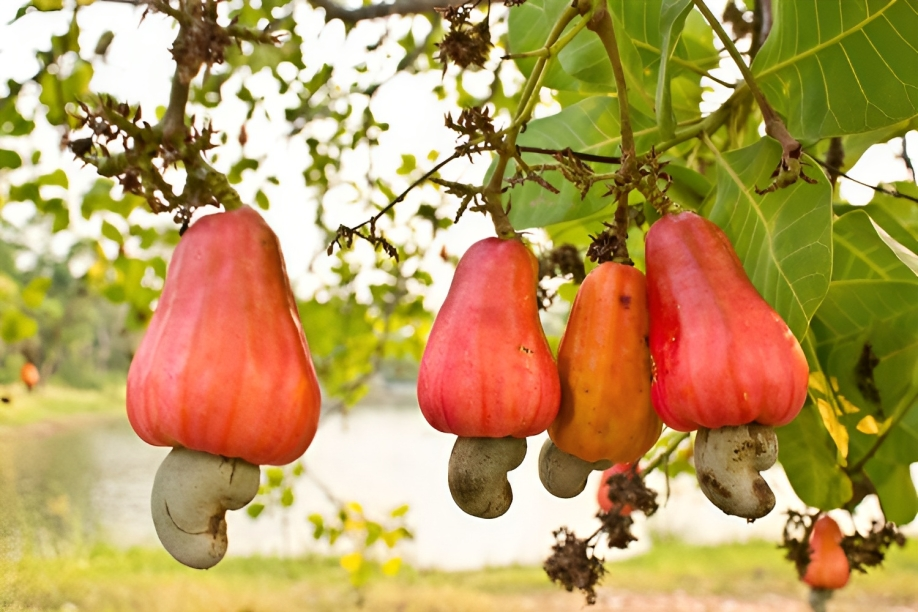





Copyright infringement not intended
Picture Courtesy: goemkarponn.com
Context: The Geographical indication (GI) tag for Goan cashews holds significant implications for the cashew industry in Goa.
Significance of GI Tag for Goan Cashew
Historical Context of Cashew in Goa
Recent Challenges in the Goan Cashew Industry
|
Cashew ●Cashew (Anacardium occidentale) is an evergreen tree native to coastal northeastern Brazil. It is cultivated in tropical and subtropical regions around the world, including India. ●Cashew trees are grown in tropical and subtropical regions around the world, where the average temperature is between 25 and 30 degrees Celsius and the annual rainfall is between 1,000 and 1,500 millimetres. The trees prefer well-drained, sandy soils with a pH of 6.0 to 7.0. ●India is the world's largest producer of cashews, accounting for over 20% of global production. While India leads in raw cashew nut production, Vietnam leads in the processing of cashews. ●Maharashtra is India's largest cashew nut-producing state. Maharashtra is followed by Andhra Pradesh and Odisha. ●It is a versatile crop. The nut is edible and is used in a variety of cuisines. The cashew apple, which is the fruit of the cashew tree, is also edible and can be eaten fresh, juiced, or processed into jams and jellies. ○Cashew apples are a good source of vitamins and minerals, including vitamin C, vitamin A, and iron. ○Cashew shell liquid is a valuable byproduct that is used in the production of varnishes, paints, and other industrial products. Cashew shell liquid is also used in the production of cashew nut butter. ●They are a good source of protein, fibre, and healthy fats. They are also a good source of vitamins and minerals, including magnesium, copper, manganese, and phosphorus. |
Must Read Articles:
GI TAGS: https://www.iasgyan.in/daily-current-affairs/gi-tags-list-updated
|
PRACTICE QUESTION Q. Consider the following statements in the context of the Cashew: 1.It is a tropical evergreen tree native to coastal northeastern Brazil. 2.Cashew trees thrive in regions with an average temperature between 25-30°C and annual rainfall of 1000-1500 mm. 3.They prefer well-drained, sandy soils with a pH of 6.0 to 7.0. 4.Brazil is the world's largest producer, contributing over 20% to global cashew production. How many of the above statements is/are correct? A) Only one B) Only two C) Only three D) All four Answer: C Explanation: ●Cashew (Anacardium occidentale) is an evergreen tree native to coastal northeastern Brazil. It is cultivated in tropical and subtropical regions worldwide, including India. ●Cashew trees thrive in tropical and subtropical regions where the average temperature ranges between 25 and 30 degrees Celsius. They require an annual rainfall between 1,000 and 1,500 millimetres. Cashew trees prefer well-drained, sandy soils with a pH of 6.0 to 7.0. ●India is the world's largest producer of cashews, contributing over 20% to global production. Vietnam leads in the processing of cashews. Maharashtra is India's largest cashew nut-producing state, followed by Andhra Pradesh and Odisha. (Statement 4 is incorrect) |








© 2025 iasgyan. All right reserved